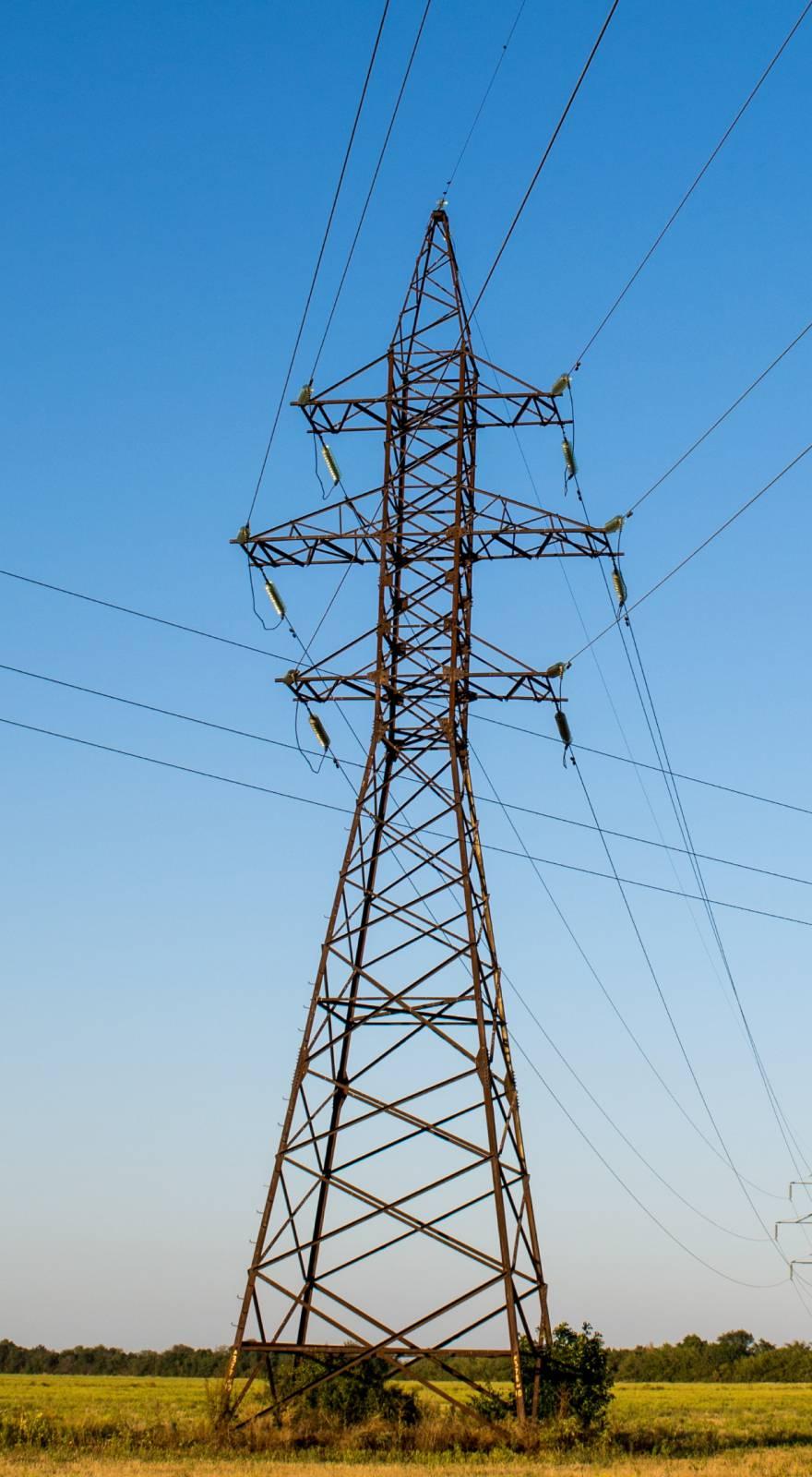Knowde Enhanced TDS
Identification & Functionality
- Composite Materials Functions
- Technologies
- Product Families
Features & Benefits
- Product Highlights
TMM® thermoset microwave materials are ceramic, hydrocarbon, thermoset polymer composites designed for high plated-thru-hole reliability stripline and microstrip applications. TMM laminates are available in a wide range of dielectric constants and claddings. The electrical and mechanical properties of TMM laminates combine many of the benefits of both ceramic and traditional PTFE microwave circuit laminates, without requiring the specialized production techniques common to these materials. TMM laminates do not require a sodium napthanate treatment prior to electroless plating. TMM laminates have an exceptionally low thermal coefficient of dielectric constant, typically less than 30 ppm/°C. The material’s isotropic coefficients of thermal expansion, very closely matched to copper, allow for production of high reliability plated through holes, and low etch shrinkage values. Furthermore, the thermal conductivity of TMM laminates is approximately twice that of traditional PTFE/ceramic laminates, facilitating heat removal. TMM laminates are based on thermoset resins, and do not soften when heated. As a result, wire bonding of component leads to circuit traces can be performed without concerns of pad lifting or substrate deformation. TMM laminates combine many of the desirable features of ceramic substrates with the ease of soft substrate processing techniques. TMM laminates are available clad with 1/2 oz/ft2 to 2 oz/ ft2 electrodeposited copper foil, or bonded directly to brass or aluminum plates. Substrate thicknesses of 0.015” to 0.500” are available. The base substrate is resistant to etchants and solvents used in printed circuit production. Consequently, all common PWB processes can be used to produce TMM thermoset microwave materials
- Features
Wide range of dielectric constants
- Ideal for single material systems on a wide variety of applications
Exceptional mechanical properties
- Resist creep and cold flow
Coefficient of thermal expansion matched to copper
- High reliability of plated through holes
Resistant to process chemicals
- Reduces damage to material during fabrication and assembly processes
Thermoset resin
- Reliable wirebonding
- No specialized production techniques required
- TMM10 and 10i laminates can replace alumina substrates
Applications & Uses
- Recommended Applications
- RF and microwave circuitry
- Power amplifiers and combiners
- Filters and coupler
- Satellite communication systems
- Global Positioning Systems Antennas
- Patch Antennas
- Dielectric polarizers and lenses
- Chip testers
Properties
- Typical Properties
| Value | Units | Test Method / Conditions | |
| Dielectric Constant (process) | 12.85 ± 0.35 | — | IPC-TM-650 method 2.5.5.5 |
| Dielectric Constant (design) | 12.2 | — | Differential Phase Length Method |
| Dissipation Factor (process) | 0.0019 | — | IPC-TM-650 method 2.5.5.5 |
| Thermal Coefficient of εr | -70 | ppm/°C | IPC-TM-650 method 2.5.5.5 |
| Insulation Resistance | min. 2000 | Gohm | ASTM D257 |
| Electrical Strength (dielectric strength) | 213 | V/mil | IPC-TM-650 method 2.5.6.2 |
| Decomposition Temperature (Td) | 425 | °C TGA | ASTM D3850 |
| Coefficient of Thermal Expansion - X Axis | 19 | ppm/°C | ASTM E 831 IPC-TM-650, 2.4.41 |
| Coefficient of Thermal Expansion - Y Axis | 19 | ppm/°C | ASTM E 831 IPC-TM-650, 2.4.41 |
| Coefficient of Thermal Expansion Z Axis | 20 | ppm/°K | ASTM E 831 IPC-TM-650, 2.4.41 |
| Copper Peel Strength after Thermal Stress | 0.7 | N/mm | IPC-TM-650 Method 2.4.8 |
| Moisture Absorption | 0.16 | % | ASTM D570 |
| Moisture Absorption | 0.13 | % | ASTM D570 |
| Specific Gravity | 3 | — | ASTM D792 |

